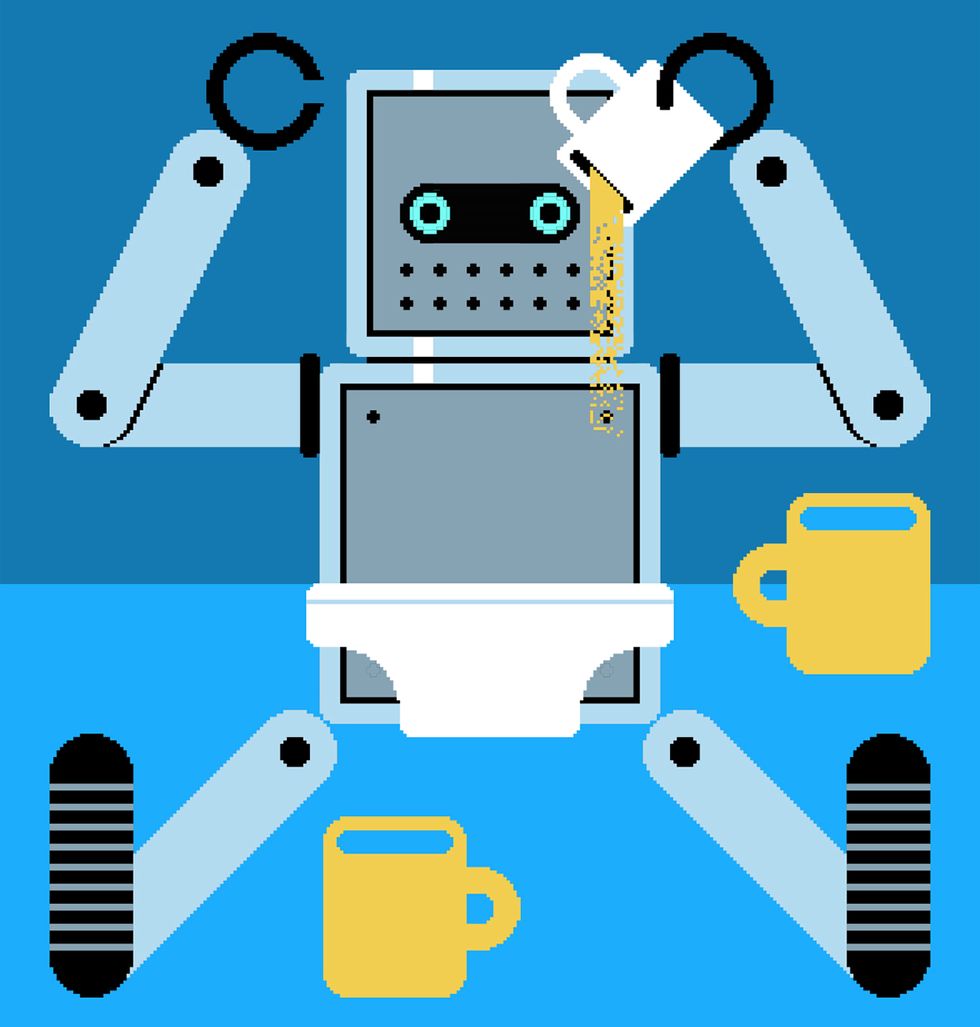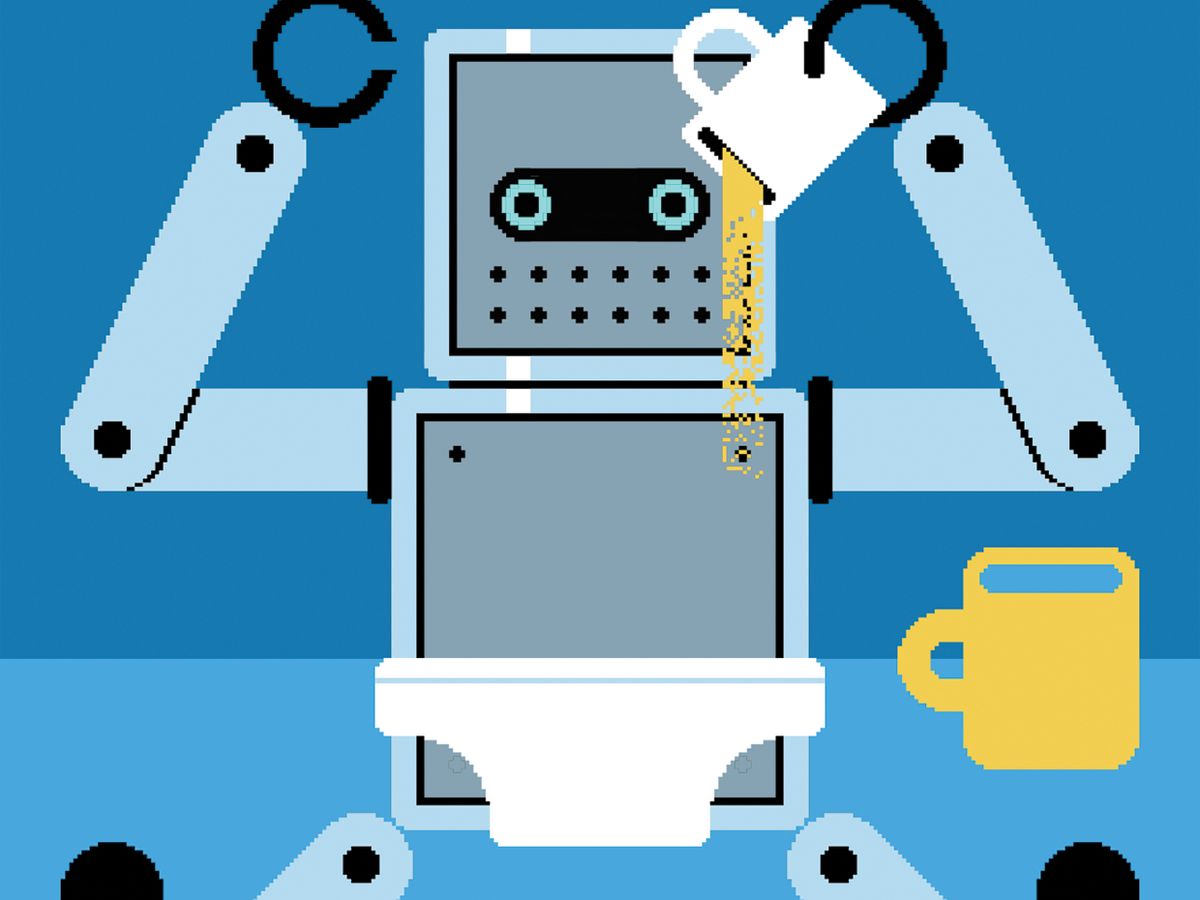
Let’s face it: Robots are dumb. At best they are idiot savants, capable of doing one thing really well. In general, even those robots require specialized environments in which to do their one thing really well. This is why autonomous cars or robots for home health care are so difficult to build. They’ll need to react to an uncountable number of situations, and they’ll need a generalized understanding of the world in order to navigate them all.
Babies as young as two months already understand that an unsupported object will fall, while five-month-old babies know materials like sand and water will pour from a container rather than plop out as a single chunk. Robots lack these understandings, which hinders them as they try to navigate the world without a prescribed task and movement.
But we could see robots with a generalized understanding of the world (and the processing power required to wield it) thanks to the video-game industry. Researchers are bringing physics engines—the software that provides real-time physical interactions in complex video-game worlds—to robotics. The goal is to develop robots’ understanding in order to learn about the world in the same way babies do.
Giving robots a baby’s sense of physics helps them navigate the real world and can even save on computing power, according to Lochlainn Wilson, the CEO of SE4, a Japanese company building robots that could operate on Mars. SE4 plans to avoid the problems of latency caused by distance from Earth to Mars by building robots that can operate independently for a few hours before receiving more instructions from Earth.
Wilson says that his company uses simple physics engines such as PhysX to help build more-independent robots. He adds that if you can tie a physics engine to a coprocessor on the robot, the real-time basic physics intuitions won’t take compute cycles away from the robot’s primary processor, which will often be focused on a more complicated task.
Wilson’s firm occasionally still turns to a traditional graphics engine, such as Unity or the Unreal Engine, to handle the demands of a robot’s movement. In certain cases, however, such as a robot accounting for friction or understanding force, you really need a robust physics engine, Wilson says, not a graphics engine that simply simulates a virtual environment. For his projects, he often turns to the open-source Bullet Physics engine built by Erwin Coumans, who is now an employee at Google.
Bullet is a popular physics-engine option, but it isn’t the only one out there. Nvidia Corp., for example, has realized that its gaming and physics engines are well-placed to handle the computing demands required by robots. In a lab in Seattle, Nvidia is working with teams from the University of Washington to build kitchen robots, fully articulated robot hands and more, all equipped with Nvidia’s tech.
When I visited the lab, I watched a robot arm move boxes of food from counters to cabinets. That’s fairly straightforward, but that same robot arm could avoid my body if I got in its way, and it could adapt if I moved a box of food or dropped it onto the floor.
The robot could also understand that less pressure is needed to grasp something like a cardboard box of Cheez-It crackers versus something more durable like an aluminum can of tomato soup.
Nvidia’s silicon has already helped advance the fields of artificial intelligence and computer vision by making it possible to process multiple decisions in parallel. It’s possible that the company’s new focus on virtual worlds will help advance the field of robotics and teach robots to think like babies.
This article appears in the November 2019 print issue as “Robots as Smart as Babies.”
